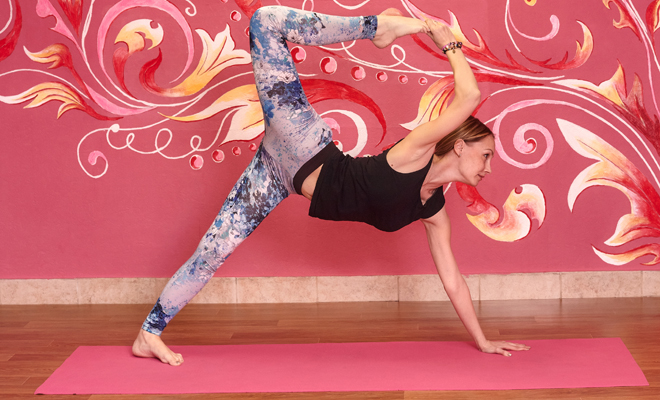“Breathe… Breathe… Deeply”
It is what we hear the most from the Yoga teacher in a class. Breathing is the energy and balance of the body for Yoga. Yoga breathing, slow and deep, reduces the workload of the heart and increases the oxygenation of the blood.However, it is not necessary to go to a yoga class to breathe well. In the car, train, in front of the TV, before bed, at work, wherever you want, you can take a deep breath and have great benefits for your health.
 Benefits of deep and slow breathing in Yoga
Benefits of deep and slow breathing in Yoga
- It generates an increase in the amount of blood, due to its greater oxygenation in the lungs. This favors the elimination of toxins from the body.
- Increases the body’s ability to direct and assimilate food. Digestive organs, such as the stomach, receive more oxygen and therefore function more efficiently. The fact that the food itself is also more oxygenated helps even more for better digestion.
- Improvement in the state of the nervous system, including the brain, spine, nerve centers and nerves.
- Once again, this improvement is due to the greater oxygenation– and therefore nutrition – of the nervous system that serves to promote the health of the whole body because it communicates with all parts of it.
- Mental and body relaxation. Slow, deep, rhythmic breathing causes a reflex stimulation of the parasympathetic nervous system. This produces a reduction in the heartbeat and a relaxation of the muscles.
- Since the state of the mind and the body are closely related to each other, these two factors in turn produce a relaxation reflex of the mind. In addition, greater oxygenation of the brain tends to normalize brain function, reducing excessive levels of anxiety.
- Breathing exercises produce an increase in the elasticity of the lungsand thorax. This creates an increase in breathing capacity throughout the day, not just during exercise. Therefore, all the aforementioned benefits remain throughout the day. Breathing in yoga
- Breathing deeply rejuvenates the glands, especially the pituitary and pineal. The brain especially benefits from oxygen, requiring three times more than the rest of the body. This has a fundamental impact on our well-being and skin rejuvenation. Skin becomes smoother, and the appearance of facial wrinkles is reduced
- Through the movements of the diaphragm during deep breathing exercises, the abdominal organs – the stomach, intestines, liver and pancreas – receive a massage. In addition, the movement of the upper part of the diaphragm provides another massage for the heart. These massages stimulate blood circulation in these organs
- Yoga breathing, slow and deep, reduces the workload of the heart. This produces a stronger, more efficient heart that works better and lasts longer. It also translates into reduced blood pressure, and a lower chance of heart disease.
- Breathing exercises reduce the work of the heart in two ways. First, a deep breath creates more efficient lungs, and more oxygen comes into contact with the blood sent from the heart to the lungs.
- This means that the heart does not have to work as hard to deliver oxygen to the tissues. Second, deep breathing causes a greater differential in lung pressure and this, in turn, produces an increase in blood circulation which allows the heart to rest a bit.
- Deep, slow breathing helps you control your weight. If you are overweight, the extra supply of oxygen helps burn fat. If, on the other hand, you are underweight, oxygen feeds the tissues and glands. In other words, practicing yoga tends to help you find your ideal weight.
- The lungs manage to be healthy and strong, which is a good insurance against future respiratory problems.
